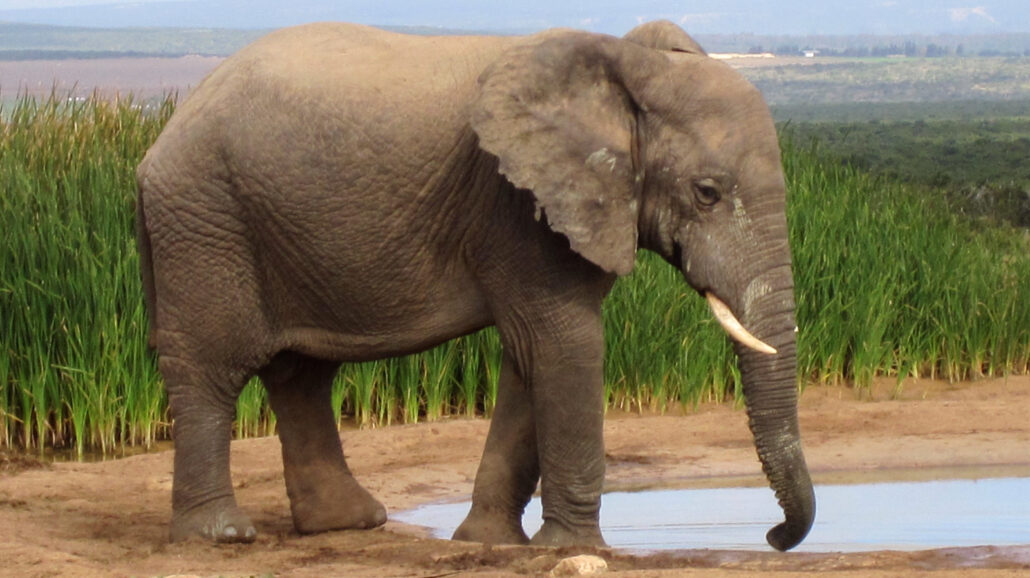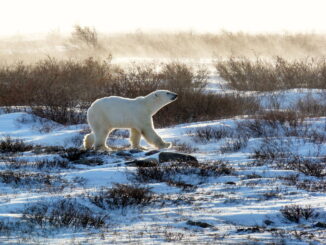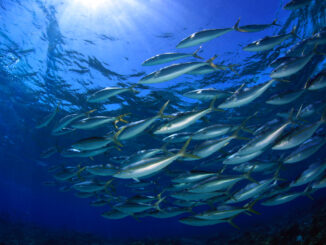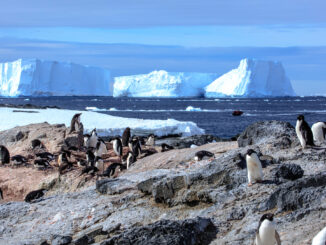
Concrete scientific evidence is emerging showing the damaging effects of climate change on South Africa’s coastal national parks.
Parks authorities in that country are also fretting about a rush in tourism and crowding that’s making managing these national treasures more difficult by the year.
New research published in the journal Natural Hazards presents data showing clearly a rise in average temperatures recorded at some of South Africa’s most popular coastal national parks. The temperature data also coincides with data showing an increase in wildfires at the parks.
The study’s leads say the effects detected and recorded are strong enough to threaten the parks’ economic viability, meaning visitor numbers may decline sharply in the near future should the trends continue or become worse.
“Despite the current efforts of the coastal parks to manage wildfires and the changing climatic patterns, the fire and temperature regimes are threatening the biophysical environment with resultant effects on tourism and the economic viability of the national parks,” wrote the authors, led by University of South Africa researcher Lazarus Chapungu.
Temperatures rising on the South African coast
The six South African national parks assessed in the research effort include “Agulhas, Garden Route, West Coast, Table Mountain, Namaqua, and Addo Elephant National Park” according to the new paper.
The authors used temperature, climate, and remote sensing data from NASA, the United States space agency, and the South African Weather Services. The research team also conducted site assessments and field surveys to gather data on any noticeable climatic changes to the parks, in particular wildfire occurrence. Park managers, other key stakeholders, and observers were interviewed, as well.
Their results showed a statistically significant and noticeable increase in average monthly temperatures at five of the parks looked at. The only exception is Namakwa National Park.
The authors insist that for the majority of the parks, the trend is as clear as daylight. “Climate change in coastal national parks is a reality as indicated by the temperature trends within the parks,” the team wrote. “The trend shows that the temperatures are increasing and the climate is warming.” They acknowledge some temporary impacts from periodic ocean surface temperature oscillations such as the Indian Ocean Dipole, but they insist that these ocean temperature impacts can’t explain the full dataset given that it spans 40 years.
“The overall 40-year trend for mean monthly maximum temperatures shows significantly increasing temperatures,” they said.
Noticeable impacts
Interviews they conducted during this research also confirmed that the changes to climatic conditions at these parks have been dramatic, and these changes have not gone unnoticed by locals and visitors.
For example, the research team was told that cold, snowy winters were once a common occurrence at Table Mountain National Park back in the 1970s. These wintry conditions are now considered a thing of the past at that park.
“In Garden Route National Park, temperatures were also highlighted as a major concern for tourism activities and various other impacts affecting the park, including the creation of fuel for wildfires,” the study says.
The rising temperature trends also strongly correlate to an increase in the occurrence of damaging wildfires at these parks.
Populations of animals at these parks have noticeably declined, as well, which the study partly attributes to the temperature increases. For instance, Addo Elephant National Park now commonly experiences droughts and a lack of sufficient water for the park’s namesakes—the elephants—to survive on.
The researchers are most worried about the rise in fire outbreaks. “Fires have been reported to have increased in frequency and intensity over time,” the authors wrote. “The occurrence of fires has resulted in massive damage to property in national parks, as well as wildlife resources, and environmental damage.”
Meanwhile, the crowds keep coming
Just as the parks’ future is threatened by climate change, South Africa’s parks authorities report that the country’s natural heritage has never been more popular.
Officials report that Kruger National Park in particular is becoming too crowded, especially in the southern portion of that park. Tourism researchers from North-West University in South Africa report that tourists are increasingly complaining of the crowded conditions at spots known for good wildlife viewing.
Tourists’ feelings about the problem are mixed, but experts speculate that worsening crowding could eventually make parks such as Kruger less attractive, eventually resulting in a dip in visitations and all the negative economic repercussions that could bring.
That, in turn, will impact conservation at these critically important and biodiverse national parks. In South Africa, conservation programs are paid for by visitors’ fees.
“Visitors might be negatively impacted at crowded places in the park, resulting in negative perceptions among tourists and perhaps fewer visitors,” said North-West University tourism management professor Peet van der Merwe. “This could have indirect implications for conservation efforts, as fewer tourists to the park will result in less funding for the park’s management.”
©2025 Public Parks
Park Info
Park Name:
South Africa national parks
Location:
South Africa
More Information:



